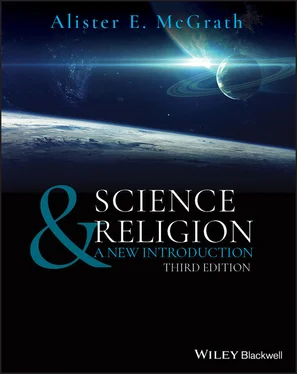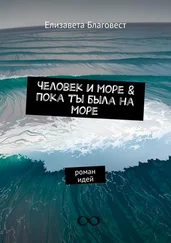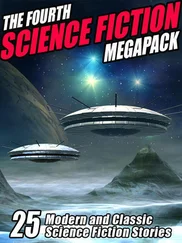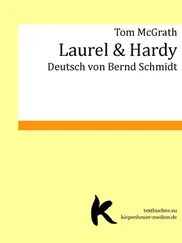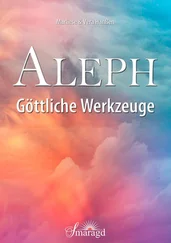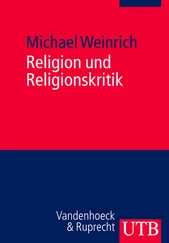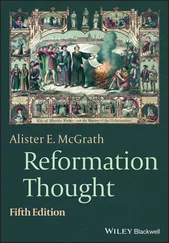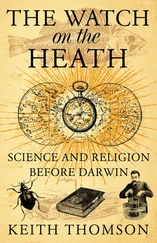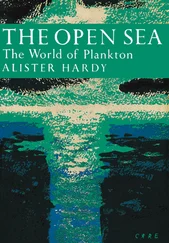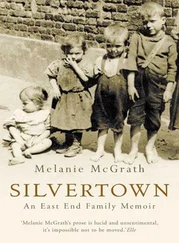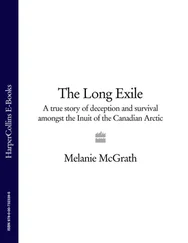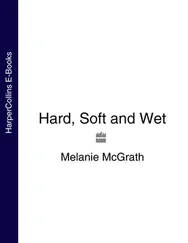Although some Western cultural commentators regard the ‘warfare’ model as normative, it is nothing of the sort. It is simply one option within a spectrum of possibilities, which became influential as a result of a set of historical circumstances, rather than having anything to do with the essential nature of either science or religion. Furthermore, the ‘conflict’ model retains its credulity largely on account of conflicts arising from very specific issues – chiefly the teaching of evolution in schools and issues of therapeutic gene modification.
The Darwinian controversy caused many to distrust the ‘warfare’ or ‘conflict’ model. In the first place, it was seen to be historically questionable. Yet in the second, there was growing concern to prevent any alleged ‘conflict’ to damage either science or religion. This led many to insist that the two fields had to be regarded as completely independent of each other. This approach insists that science and religion are to be seen as independent, autonomous fields of study or spheres of reality, with their own distinct rules and languages. Science has little to say about religious beliefs, and religion has little to say about scientific study.
This approach is found in the 1981 policy statement of the American National Academy of Science, which declared that: ‘Religion and science are separate and mutually exclusive realms of human thought whose presentation in the same context leads to misunderstanding of both scientific theory and religious belief.’ It is also found in Stephen Jay Gould's model of ‘non‐overlapping magisteria’ (NOMA), which argues for the affirmation of mutual respect and the recognition of differing methodologies and domains of interpretation between science and religion:
I believe, with all my heart, in a respectful, even loving concordat between our magisterial – the NOMA solution. NOMA represents a principled position on moral and intellectual grounds, not a mere diplomatic stance. NOMA also cuts both ways. If religion can no longer dictate the nature of factual conclusions properly under the magisterium of science, then scientists cannot claim higher insight into moral truth from any superior knowledge of the world's empirical constitution. This mutual humility has important practical consequences in a world of such diverse passions.
A variant of this approach is provided by the American theologian Langdon Gilkey (1919–2004). In his 1959 work Maker of Heaven and Earth , Gilkey argues that theology and the natural sciences represent independent and different ways of approaching reality. The natural sciences are concerned with asking ‘how’ questions, where theology asks ‘why’ questions. The former deals with secondary causes (that is, interactions within the sphere of nature), while the latter deals with primary causes (that is, the ultimate origin and purpose of nature).
This independence model appeals to many scientists and theologians because it gives them freedom to believe and think what they like in their own respective fields (‘magisteria’, to use Gould's phrase), without forcing them to relate these magisterial to each other. However, as Ian Barbour points out, this inevitably compartmentalizes reality. ‘We do not experience life as neatly divided into separate compartments; we experience it in wholeness and interconnectedness before we develop particular disciplines to study different aspects of it.’ In other words, these circles cannot avoid some degree of overlap and interaction; they are not completely separate.
A third way of understanding the relation between science and religion is to see them as engaged in a dialogue, leading to enhanced mutual understanding. As the late pope John Paul II commented in 1998: ‘The Church and the scientific community will inevitably interact; their options do not include isolation.’ So what form might their interaction take? How might they complement each other? For John Paul II, the answer was clear: ‘Science can purify religion from error and superstition; religion can purify science from idolatry and false absolutes. Each can draw the other into a wider world, a world in which both can flourish.’
This point was further developed by the ‘Dialogue Group’ of scientists and Catholic bishops in the United States, who declared that: ‘Science and religion can offer complementary insights on complex topics like the emerging bio‐technologies.’ We see here a recognition that the moral limitations placed on the natural sciences by virtue of the amoral character of the scientific method leads to a realization of the need to supplement the scientific discussion from other sources. We shall return to this discussion later in this work ( 179–85).
This dialogue respects the distinct identity of its participants, while exploring shared presuppositions and assumptions. Ian Barbour regards this model as probably the most satisfactory of the possible range of approaches. It is also found throughout the recent writings of John Polkinghorne, who points out a series of significant parallels between the two magisterial. For example, both science and religion involve at least some degree of personal judgement, in that both deal with data that is ‘theory laden’. Similarly, both involve a series of what might be termed ‘fiduciary’ assumptions – for example, that the universe is rational, coherent, ordered, and whole. A similar concern underlies Alister E. McGrath's Enriching Our Vision of Reality (2016), which aims to enhance the intellectual rigour of Christian theology through an extended dialogue with the natural sciences, especially in relation to issues of methods of investigating and representing reality.
A fourth understanding of the way in which science and religion interact can be found in the writings of the British theologian Charles Raven (1885–1964). In his Natural Religion and Christian Theology (1953), Raven argued that the same basic methods had to be used in every aspect of the human search for knowledge, whether religious or scientific. ‘The main process is the same, whether we are investigating the structure of an atom or a problem in animal evolution, a period of history or the religious experience of saint.’ Raven vigorously resists any attempt to divide the universe into ‘spiritual’ and ‘physical’ components, and insists that we must ‘tell a single tale which shall treat the whole universe as one and indivisible.’ Barbour himself is very sympathetic to this approach, and sees process thought as a catalyst to this process of integration. A similar outlook is found in the later writings of Arthur Peacocke, who interprets evolution as God's preferred mode of creation.
It is important to note that Barbour tends to present these four options as stages in an intellectual journey of discovery, perhaps analogous to John Bunyan's classic The Pilgrim 's Progress . The intellectual wayfarer might begin with Conflict, following by a brief and unsatisfactory flirtation with Independence, and finally finding a satisfactory resting place in Dialogue or some form of Integration. Both the Conflict and Independence models are wrong , Barbour argues, whereas the Dialogue and Integration approaches are right . Inevitably, those who are interested in trying to find a reliable and unbiased account of the possibilities will find Barbour's presuppositions slightly unsettling at this point, and wonder if less prescriptive approaches might be available.
So what difficulties are raised by this simple taxonomy? The most obvious is that it is inadequate to do justice to the complexity of history. As Geoffrey Cantor and Chris Kenny point out in a thoughtful critique of Barbour's approach, history bears witness to a series of complications that cannot be incorporated in simplistic taxonomies. It is difficult to refute this point. Barbour's four‐fold scheme is useful precisely because it is so simple. Yet its simplicity can be a weakness, as much as a strength.
Читать дальше
